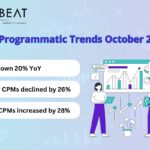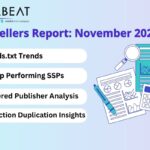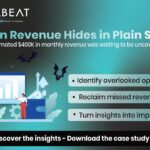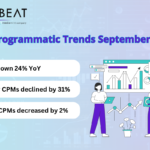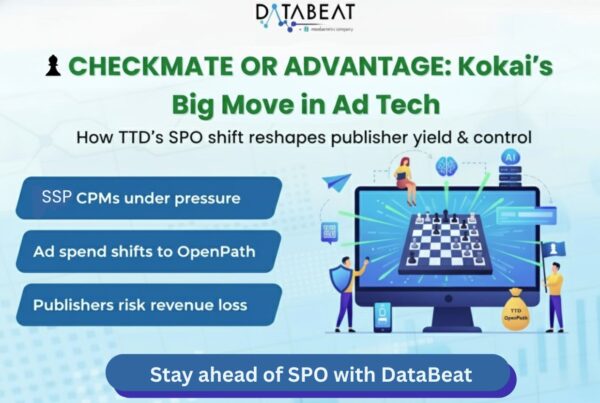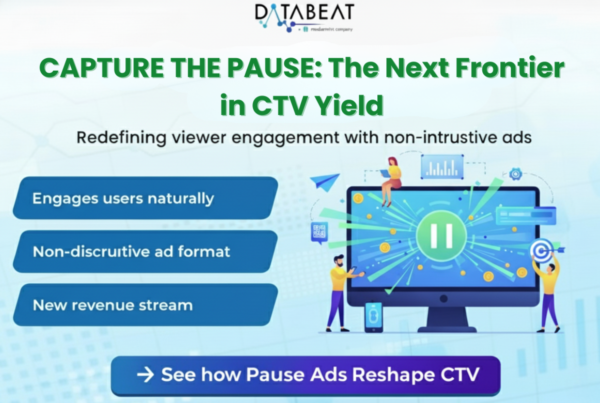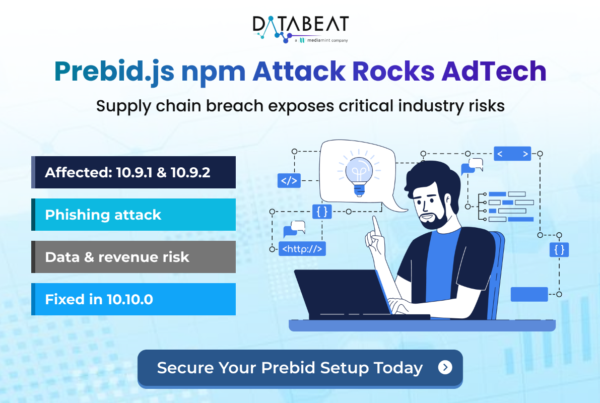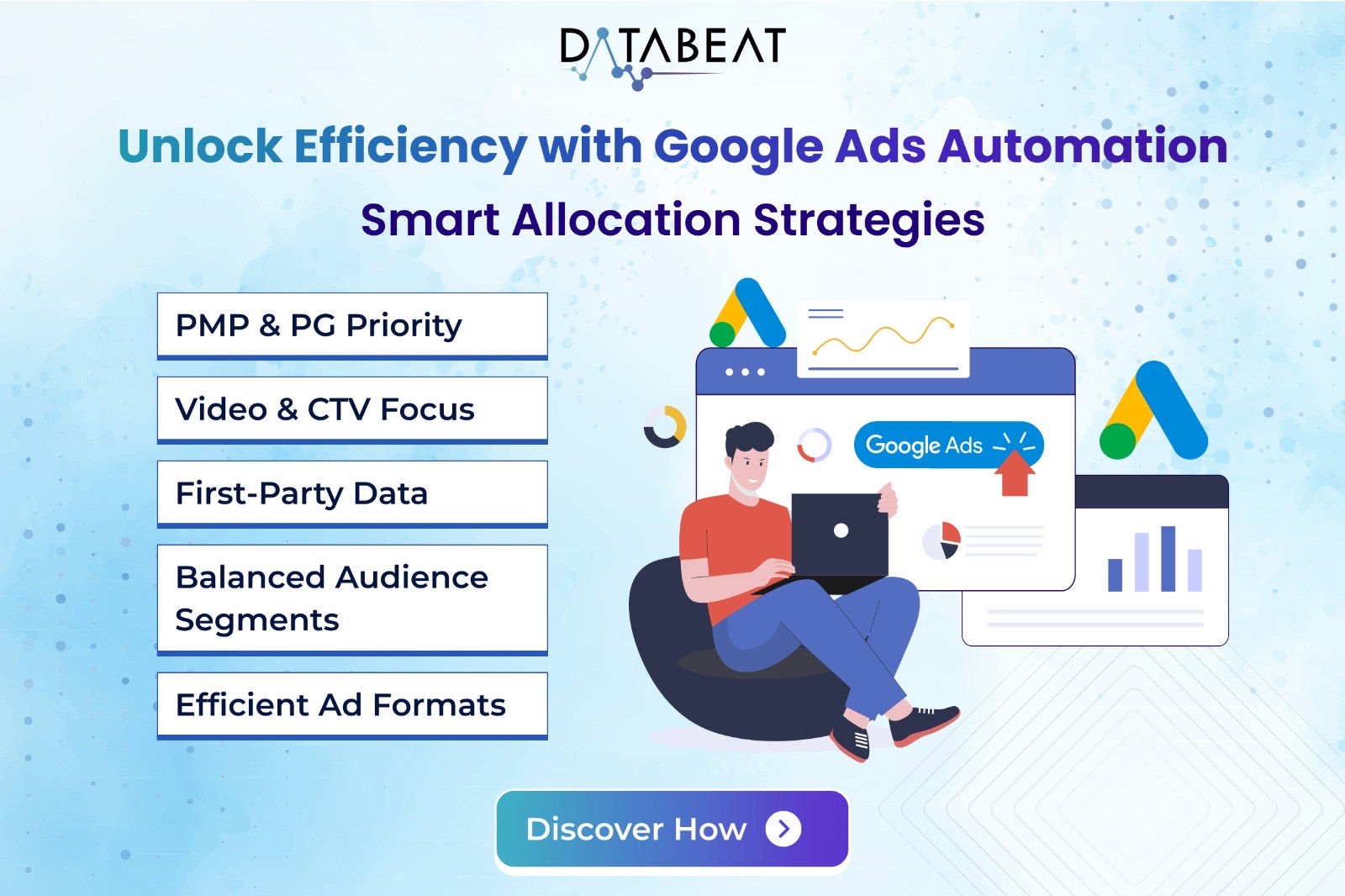
The new digital advertising landscape of Google Ads offers features like bid automation, targeting, and ad placements which reduces the need for human input.
Automating these tasks is allowing advertisers to focus more on strategizing and less on bidding.
Here’s how automation is redefining their role:
1- The Future: AI and Human Expertise in Harmony
The responsibility of marketers with an advertising focus is no longer limited to executing a given campaign, but rather informs strategy. To succeed, modern advertisers will:
- Use first party data: Privacy restrictions keep increasing, and the need to use first party data in automated campaigns make it a necessity.
- Focus on Creative: Captivating ad copy, compelling images, and entertaining video content will be the differentiator in the automated world.
- Always Check and Change: Adapting different strategies and changing automation settings will be crucial for long-term success.
2- AI-Driven Campaign Management: A New Era
Campaign management has drastically transformed due to the implementation of machine learning. Instead of requiring constant supervision to maximize effective results, tools now analyze vast amounts of data in real time to optimize performance independently. Key innovations include:
- Smart Bidding : Performance Maximization Campaigns and Smart Bidding are some of the latest features offered by Google Ads. Smart Bidding utilizes AI in order to adjust bids based on user intent, device, location, and timing in order to maximize Ad qualifications.
- Automated Budget Allocation : Campaign segmentation has become a thing of the past with Automated Budget Allocation. This feature ensures that ad fraud is directed toward high-performing channels, all while requiring minimal human input.
- The Balance Between Efficiency and Control
Although automation increases efficiency, the trade-off is a loss of direct control over campaign management, which presents both challenges and advantages.
Challenges:
- Lack of Understanding: Google’s AI makes decisions that are not always understandable to advertisers.
- Lack of Control for Bids & Placements: In contrast to manual bidding, automation dictates the bidding behavior in every auction, including where and how much to bid.
- Reliance on AI: With automation, the workflow will be more efficient, but advertisers will need to put in more effort in attending to the processes so that they align with the set business objectives.
Advantages:
- Efficiency Gains: Automation removes the manual repetitive work advertisers were doing enabling them to focus on higher-stakes strategy work.
- Improved Outcomes: The outcome from AI’s reasoning is often better compared to manual optimizations.
- Effortless Expansion: Advertisers are able to lessen their workload in administering advanced campaigns due to automation.
3- From Manual Execution To Strategic Oversight:
- Moving forward advertisers are expected to leverage automation by developing comprehensive marketing plans that encourage and promote deeper consumer interaction.
- Establishment Planning and Performance Supervision: Setting key performance indices like ROI, CPA, and ROAS and supporting automation fulfills business goals.
- Audience Approach and Data Application: For targeting and audience segmentation, first party data has to be applied for superior efficiency, while Google does automate these functions in some way.
- Campaign Organization and Budget Supervision: Even with automation, a business goal cannot be achieved without proper campaign setup and budget allocation.
4- The New Dimension For Creative Winning
As AI looks after ad placement and targeting, advertisers have only to create great assets and messaging. This involves:
- Responsive Search and Display Ads Attending Over Google’s Automated Testing: Google assumes advertisers provide compelling content and tests various combinations of titles, descriptions, and images using responsive search display ads.
- Dynamic Search Ads (DSA) : Using minimal keyword planning, AI drafts and titles based on the website, making a dent on search engine advertisers. The same is true for advertisers. Website content has to be optimized.
- Video and Images : As automation grows on Youtube and Display, so does the need for quality content. Engaging imagery along with high quality video content is the key.
Conclusion
Google Ads’ automation tools are redefining advertising by shifting responsibilities from manual optimizations to strategic decision-making. While AI handles bidding, targeting, and budget allocation, advertisers must focus on creative development, audience insights, and overarching strategy. By embracing automation while applying human expertise, advertisers can unlock new levels of performance and drive sustainable growth in a rapidly evolving digital landscape.
How can DataBeat help?
DataBeat can act as an extension of an advertiser’s team in multiple facts. To name a few, providing real-time campaign analysis, optimization recommendations, enhancing automation with custom scripts, advanced reporting like CueBeat which gives real time alerts, and API integrations. In addition to these, helping businesses transition from manual bidding to AI-driven strategies can be effectively taken care of.

